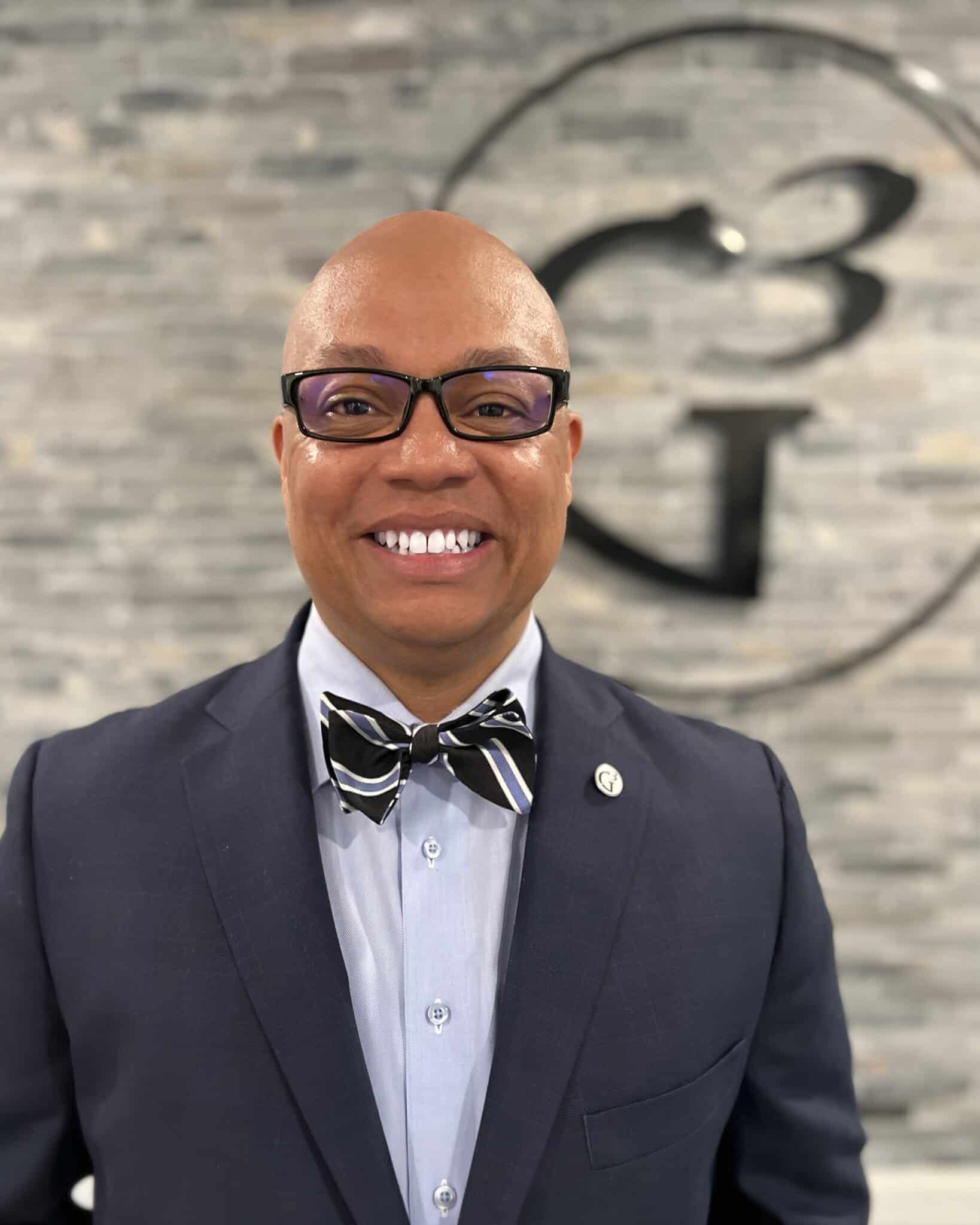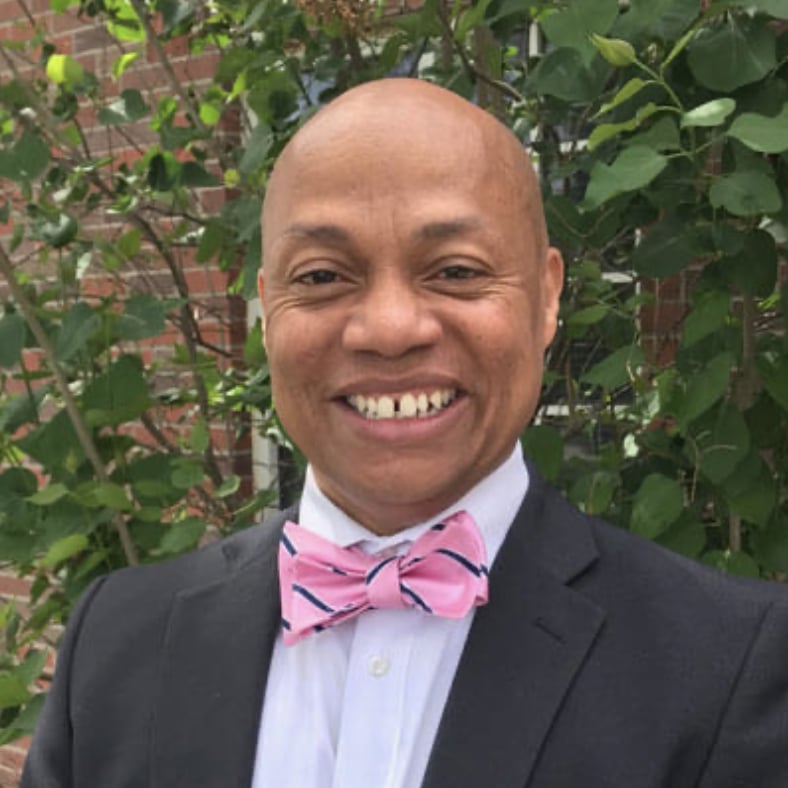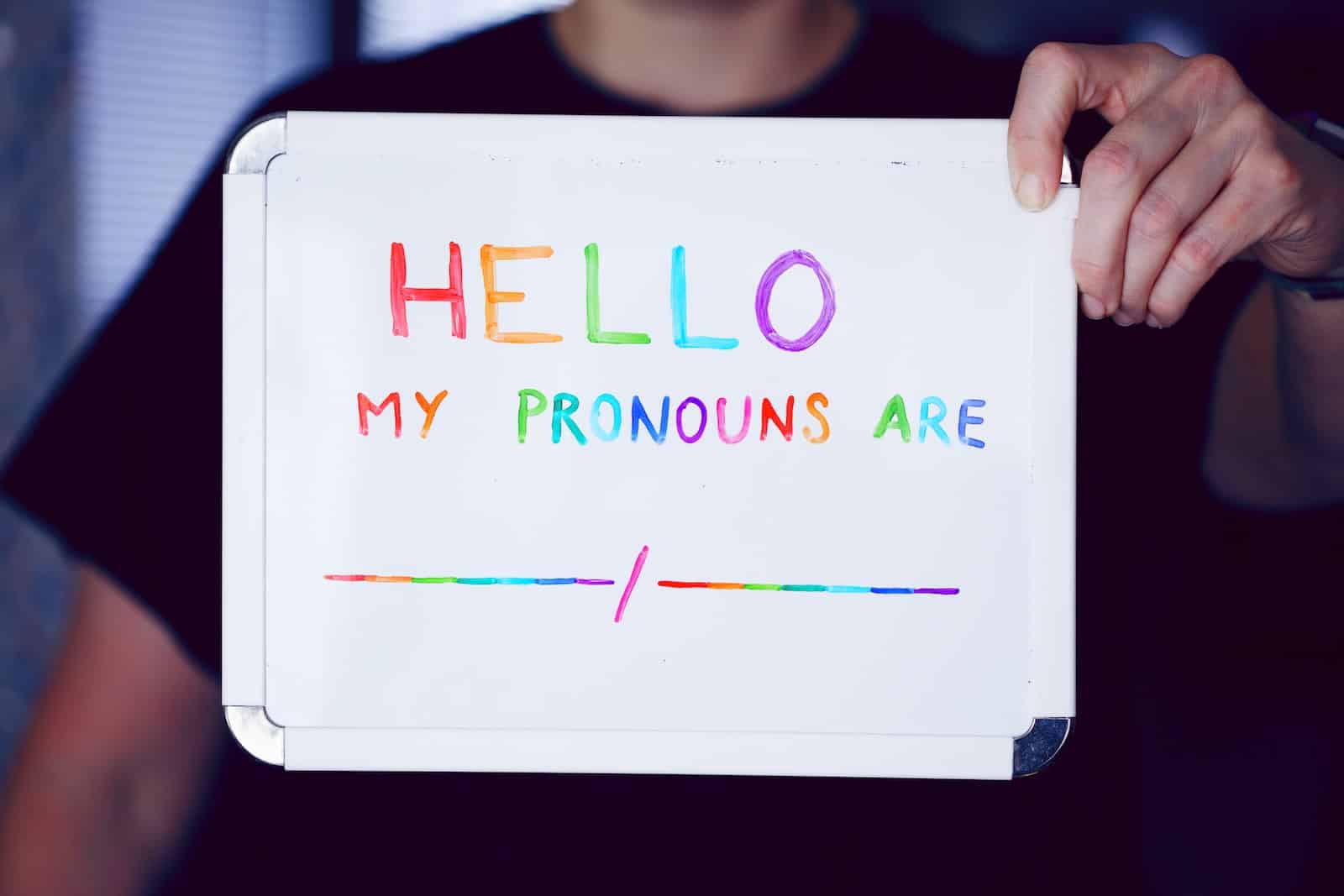As the transgender movement celebrates great strides in the culture, teen girls are often hurt most, as double mastectomies are being performed on otherwise healthy girls as young as 13 years old. Several studies have shown that the rise in gender dysphoria among teens has increased in correlation to media stories about transgenderism. While correlation doesn’t equal causation, the question must be asked, “Where did this come from?”
It was only a few years ago that we understood the basics of anthropology, anatomy, biology, and gender. It was common knowledge that boys can’t be girls, and girls can’t be boys.
Today, however, making statements like these can get you removed from your favorite social media platform or worse. While this recourse may seem mild, there are more severe penalties being imposed.
A School Lawsuit over Gender Pronouns
Rosemary Rabidoux learned about the nature of those penalties the hard way when on May 15th, 2022, she received a call from the principal of Kiel Middle School, where her 13-year-old son Braden attends.
Principal Mike Hendricks called to warn Mrs. Rabidoux that she would be receiving an email with allegations of sexual harassment charges against her son. Like any concerned parent, upon hearing the term sexual harassment, Mrs. Rabidoux immediately began thinking of rape, inappropriate touching, or something of the kind.
Mrs. Rabidoux was shocked to learn that her son and two other boys would be charged with berating a non-binary classmate who screamed abuse at the three students for using female pronouns instead of gender-neutral ones.
The middle school is located in Kiel, Wisconsin, hardly the mecca of liberalism. However, school officials agree that the misgendering of this student is a Title IX violation. According to the administration, the use of a wrong pronoun is automatically punishable speech under Title IX.
Braden’s mom Rosemary said, “This middle school. These guys are kids, they’re learning how to interact with each other, and they’ve been taught all their life to see a girl and use the pronouns ‘she’ and ‘her.’ They don’t understand using plural pronouns for one student.”
The family is fighting the damaging impact of the charge in the courts.
New York City Penalizes Speech
In New York City there’s a new legal standard governing discrimination based on Gender Identity and Gender Expression. The law, however, does more than simply provide equal protection for transgender individuals regarding equal employment, hiring practices, and housing.
The NYC Commission on Human Rights Legal Enforcement Guidance states that the following issues can be grounds for legal/civil action.
1. The intentional or repeated refusal to use a person’s name, pronouns, or title. For example, repeatedly calling a transgender woman ‘him’ or ‘Mr.’ after she has made clear that she uses she/her and ‘Mx.’
2. Refusal to use a person’s name, pronouns, or title because they do not conform to gender stereotypes. For example, insisting on calling a non-binary person ‘Mr.’ after they have requested to be called ‘Mx.’
3. Prohibiting a person from using a particular program or facility because they do not conform to gender stereotypes. For example, a woman’s shelter may not turn away a transgender woman because she looks too masculine.
4. Prohibiting a transgender person from using the single-gender program or facility most closely aligned with their gender identity. For example, a public university cannot prohibit a transgender man from using the men’s restroom.
5. Forcing a transgender, non-binary, gender non-conforming, or intersex person to use a single-occupancy restroom instead of a shared restroom.
The punishment for violating any of these codes will allow the NYC Commission to impose civil penalties of up to $125,000 for violations and up to $250,000 for violations resulting from “willful, wanton, or malicious conduct.”
The First Black Woman Supreme Court Justice . . . “What is a Woman?”
Supreme Court Justice Ketanji Brown Jackson was hailed as the most highly qualified nominee for the Supreme Court in years. From the beginning of the Biden presidency, Joe Biden made it clear that he would nominate a Black woman to the first open vacancy on the Supreme Court. I’ve previously written about this form of discriminatory hiring practice.
As the media celebrate this triumph, Ketanji Brown Jackson is the first black woman to serve the court in its 232-year history. Furthermore, she is only the fourth woman to serve the court. Despite this, Jackson had difficulty answering a simple question, “What is a woman? Can you define what a woman is?” Jackson would respond by saying, “I am not a biologist.”
How Did We Get Here?
It was after World War II, that French feminist Simone de Beauvoir had a different idea about femininity and gender roles.
In 1949, Beauvoir would write the book, The Second Sex, where she challenged gender roles for women. Beauvoir begins her book by stating the obvious when she writes, “Science and philosophy assumed that society’s prevailing opinions about men and women were grounded in sex so that gender corresponded to sex.”
Beauvoir acknowledges that the etymology of the word “gender” had always been connected to biological sex. All modern science and philosophy presupposed this truth.
Undeterred, however, Simone de Beauvoir would be the first to introduce the foundational idea that “one is not born, but rather becomes a woman.” This idea would serve as a catalyst to separating sex from gender.
In Beauvoir’s worldview, there is a difference between gender (society’s prevailing opinions about what men and women should be) and sex or biology (the seemingly immutable characteristics of the body).
Beauvoir aimed to deconstruct every traditional role and societal expectation designated for women (i.e., marriage, childbearing, homemaking).
Advancing the ideas of Simone de Beauvoir was second-wave feminist Shulamith Firestone, who would champion the cause in her book, The Dialectic of Sex (1970). In this book, Firestone would write,
Just as the end goal of socialist revolution was not only the elimination of the economic class privilege but of the economic class distinction itself, so the end goal of feminist revolution must be . . . not just the elimination of male privilege but of the sex distinction itself: genital differences between human beings would no longer matter culturally.
Firestone’s work would be followed by post-modern third-wave feminist Judith Butler, who broke new ground advancing Gender Theory in 1990 with her book, Gender Trouble: Feminism and the Subversion of Identity. In this book, Butler writes, “There is no reason to assume that gender also ought to remain as two. The presumption of a binary gender system implicitly retains the belief in a mimetic relation of gender to sex whereby gender mirrors sex or is otherwise restricted by it.”
Butler continues,
If the immutable character of sex is contested, perhaps this construct called ‘sex’ is as culturally constructed as gender; indeed, perhaps it was always already gender, with the consequence that the distinction between sex and gender turns out to be no distinction at all.
The idea Bulter is promoting is that since it has been determined that gender is a social construct, perhaps sex (biology) can also be altered.
Recalling Beauvoir’s work, Bulter writes,
If there is something right in Beauvoir’s claim that one is born, but rather becomes a woman, it follows that woman itself is a term in process, a becoming, a constructing that cannot rightfully be said to originate or to end.
From Beauvoir (1949) to Butler (1990), the ideas of these women lay a foundation for much of what we encounter today in our gender-confused world.
Far from a complete historical tour of all of the gender theory influencers, these feminist women led the way. If Beauvoir and Bulter are the “mothers of gender theory,” the “father of gender theory” can arguably be said to be John Money. A study of John Money’s cases are far too graphic for this blog. The legacy of John Money can be rightly attached to the tragic outcome in the case of the Reimer twins. In August 1967, Brian and David (twin boys) were born to Ron and Janet Reimer. After a surgical accident, David would be the first to undergo reassignment surgery and the results were tragic.
God Created Them Male and Female
The confusion inflicted upon the culture by these false ideologies stems from the fact that sinful men/women have decided to suppress the truth they know in unrighteousness because they love their sins (Romans 1:18–23).
While the current expression of gender theory began only 70 years ago, Christians recognize that the root of the confusion started from the beginning as we read Genesis chapter three.
The same serpent who challenged Eve in the garden by asking, “Has God said . . .” is still working through the minds and lives of those I’ve mentioned above.
The truth on the issue of gender identity is that the God of the Bible has never wavered, and neither should you.
Then God said, “Let us make man in our image, after our likeness. And let them have dominion over the fish of the sea and over the birds of the heavens and over the livestock and over all the earth and over every creeping thing that creeps on the earth.”
So God created man in his own image, in the image of God, he created him; male and female, he created them.
Genesis 1:26–27





